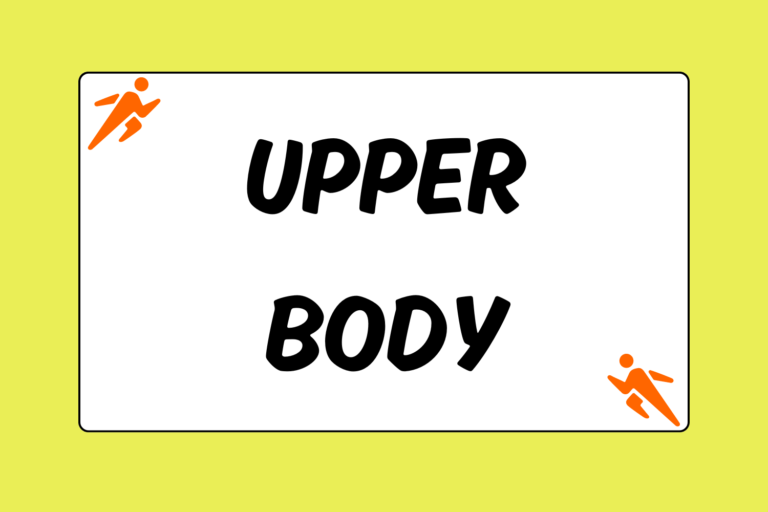Lunges are used as a form of supplemental strength training by many runners, and for good reason. They are versatile; they focus on the muscles runners use; and they don’t require any equipment. This guide outlines three basic types of lunges that can add variability to any runner’s workout.
The Benefits of Lunges
Lunges are a great way to strengthen the muscles you’ll need on the course. The faster you run, the greater the range of motion in your stride, and the more you’ll rely on your glutes, hamstrings, and hip flexors — the muscles that lunges focus on.
Lunges are also practical because you can do them just about anywhere, and you can easily modify the lunge to suit your needs. You can add weights, perform more reps, increase the width of the lunge, or use a bench or declined surface to add variability to your practice.
Forward Walking Lunge
In the forward walking lunge, you lunge forward and then step back up into a standing position over your front leg. In doing a series of forward walking lunges, you move forward in a straight line. This lunge is great for targeting the glutes and hamstrings:
- Start from a standing position and step forward (with either foot), shifting your weight to your front foot’s heel. You’ll want to step far enough forward that both knees are bent at approximately 90-degree angles. Engage your core by pulling your belly button back toward your spine.
- Keeping your weight balanced on the heel of your front foot, use the muscles in your front leg to pull yourself back up into a standing position.
- Continue forward alternating between lead legs.
Technique
As a runner, the forward walking lunge is best used to target the glutes and hamstrings. This requires lunging with proper form. Here are some common mistakes to avoid while performing this lunge:
- Do not lean forward at the waist to initiate upward movement. Leaning forward shifts the work of the lunge to your quads. Instead, pull yourself forward by using the muscles in your front leg.
- Try not to use your back leg too much to push yourself back up to the standing position. Pushing off with the back leg will work your hip flexors; you want to maximize the exertion of the glute and hamstring of the front leg.
- Do not shift your bodyweight from the heel of your front foot to your toes. Doing this shifts more of the work to your quads, and it also breaks the natural kinetic chain of running and puts undue strain on the calves. Focus on catching yourself on your heel.
Stationary Forward Lunge
In the stationary forward lunge, you lunge forward and then return to a standing position over your back leg. You should finish the lunge standing in the same place you started. This lunge is great for targeting the hip flexors:
- Start from a standing position and step forward (with either foot), shifting your weight to your front foot’s heel. You’ll want to step forward far enough that both knees are bent at approximately 90-degree angles. Engage your core by pulling your belly button toward your spine.
- Using the hip flexors of your rear leg to pull yourself back up, step back into a standing position.
- Repeat, leading with the opposite leg.
Technique
Like any forward lunge, the stationary forward lunge will work the glutes, quads, and hamstrings. But it is most effective for runners if used to target the hip flexors. As with the previous lunge, there are a few tendencies you’ll want to avoid:
- Do not let your weight shift forward onto the toes of your front foot. This decreases the safety and stability of the lunge.
- Do not lean backward or push off of your front leg too much as you step back into to the starting position. From the bottom of the lunge, focus on engaging the hip flexors to pull yourself back up the starting position. You will inevitably use your front leg to push yourself up, but you can avoid letting the hip flexors be passive.
Stationary Side Lunge
The side lunge is a lateral lunge. After you lunge to one side, you return to the starting position before lunging to the other side. This lunge is great for the abductors and hip-stabilizing muscles:
- From a standing position, step one foot (it doesn’t matter which) directly out to your side. You want to step far enough that your lead leg’s knee bends at a 90-degree angle. Keep your opposite leg fully extended. Engage your core throughout the lunge by pulling your belly button toward your spine.
- Focus on keeping the transition smooth. Return to the starting position by pushing off with your lead leg (the leg you stepped out with).
- Repeat on the opposite side.
Technique
The stationary side lunge should target the abductors and hip-stabilizing muscles, like the gluteus medius and tensor fascia lata (TFL). Like the other two lunges, there are common mistakes to avoid:
- Do not come up onto your toes at the bottom of the lunge or while pushing yourself back up to the standing position. Though it’s okay to catch yourself on your toes to help soften the impact of the lunge, you’ll want to transition your weight to your heel as quickly as possible. Be sure to push from the heel as you return to the standing position.
- Do not bend excessively at the waist during the lunge. Leaning forward takes the weight off the glutes and abductors. You should only lean as far forward as you need to for balance.
Progress & Get Stronger!
You can do lunges whenever and wherever, but are three ways to specifically incorporate them into your running routine. You can do them before running (as part of your warm-up), after running (as part of your cool-down), or as part of a separate training session.
When you start your lunging routine, you don’t need to do very much. The key is to be consistent and to continue progressing — doing more, adding weight, or lunging more frequently. Especially at the beginning level, you’ll be able to feel your legs get stronger with each lunge.





